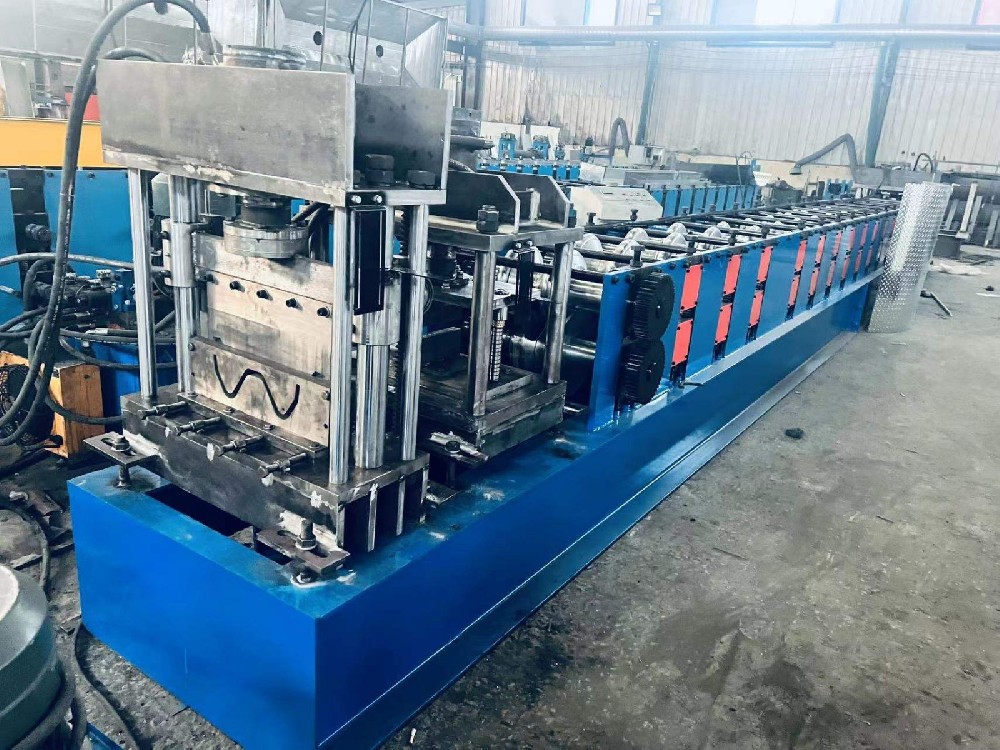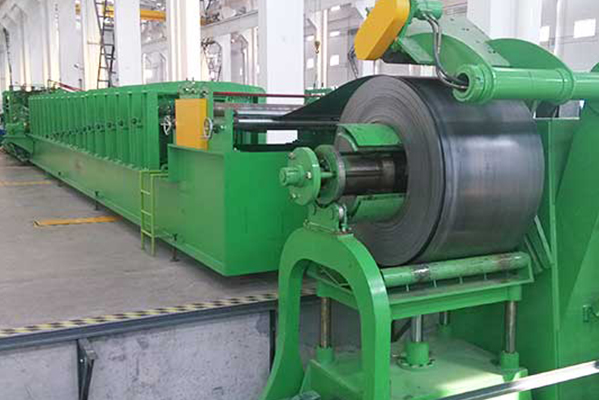Navigation Menu
Contact Us
- Email:
- info@wxavatar.com
- Address:
- Yurong Village, Yuqi Street, Huishan District, Wuxi, China.
Release Date:Jul 08, 2025 Visit:48 Source:Roll Forming Machine Factory
Control systems are integral to modern steel silo manufacturing, particularly in roll forming processes. These systems ensure high precision, consistency, and efficiency in shaping steel coils into the required profiles for silo construction. By integrating advanced automation and real-time monitoring, control systems optimize production quality while minimizing errors. This article explores how control systems enhance precision in steel silo roll forming.

1. Real-Time Monitoring and Adjustments
Modern roll forming machines for steel silos incorporate sensors and feedback mechanisms that continuously monitor key parameters such as material thickness, roller alignment, and forming speed. Control systems analyze this data and make instantaneous adjustments to maintain dimensional accuracy. This reduces deviations in the final product, ensuring that each steel panel meets specified tolerances.
2. Automated Positioning and Alignment
Precise alignment of rollers is critical in steel silo production. Control systems use servo motors and hydraulic actuators to adjust roller positions automatically, compensating for wear or thermal expansion. This automation minimizes human error and ensures consistent forming accuracy across long production runs.
3. Speed Synchronization for Uniform Quality
Inconsistent roll forming speeds can lead to defects such as warping or uneven edges. Advanced control systems synchronize the speed of each roller station, maintaining uniform material flow. This synchronization enhances the structural integrity of steel silo panels, reducing the need for post-forming corrections.
4. Error Detection and Correction
Control systems equipped with machine vision or laser measurement tools can detect irregularities in the forming process, such as misaligned seams or dimensional inaccuracies. When deviations occur, the system either halts production for operator intervention or automatically recalibrates the machinery to correct the issue. This proactive approach reduces material waste and improves overall efficiency.
5. Data Logging for Process Optimization
Many control systems record production data, including forming pressures, temperature variations, and speed settings. Manufacturers can analyze this information to identify trends, optimize machine settings, and refine future production cycles. Over time, this leads to improved precision and repeatability in steel silo fabrication.

Conclusion
Control systems play a vital role in enhancing the precision of steel silo roll forming by enabling real-time adjustments, automated alignment, speed synchronization, and error detection. These technologies contribute to higher-quality silo components with tighter tolerances and greater consistency. As automation continues to evolve, control systems will further refine the efficiency and accuracy of steel silo manufacturing processes.